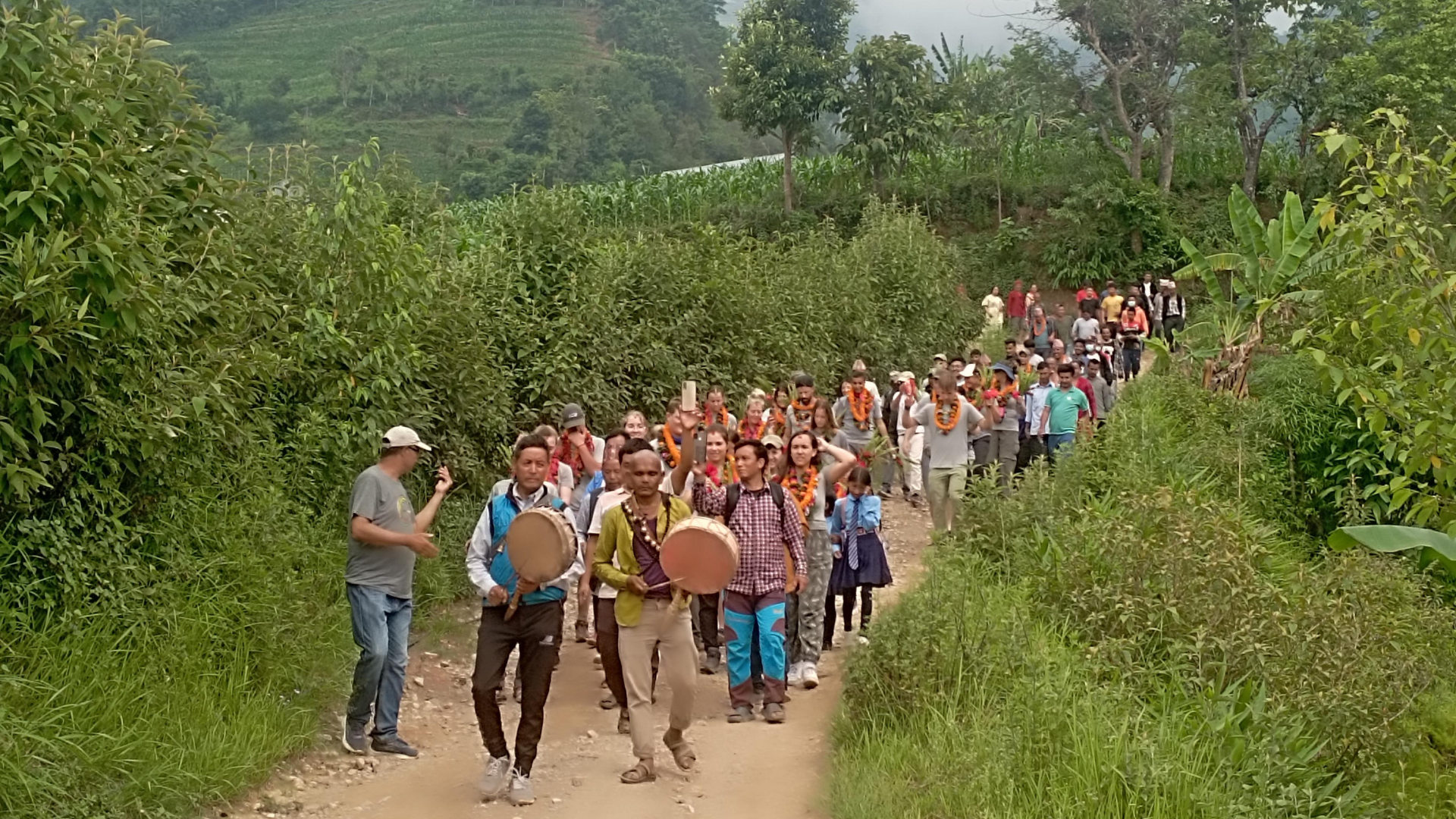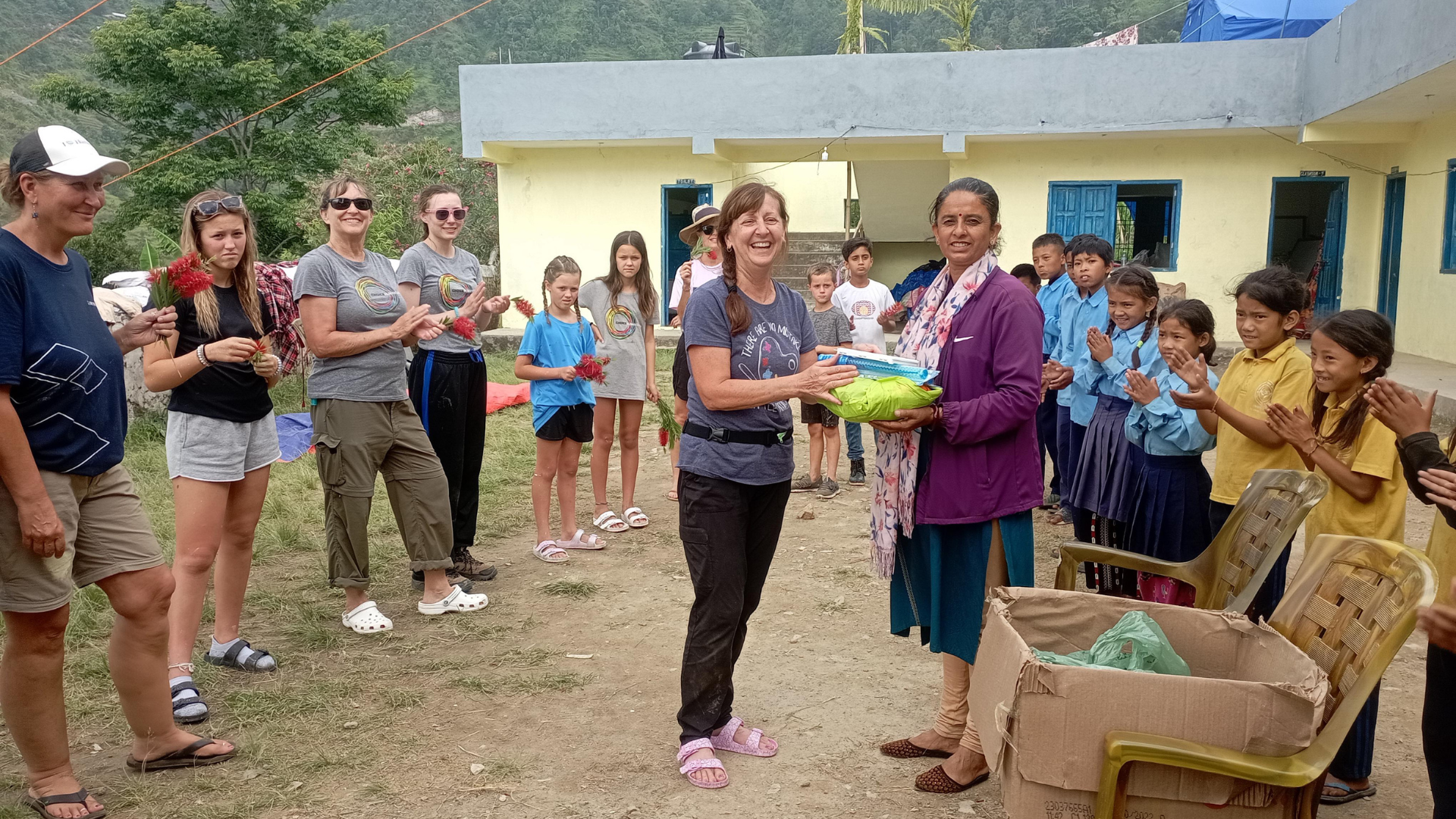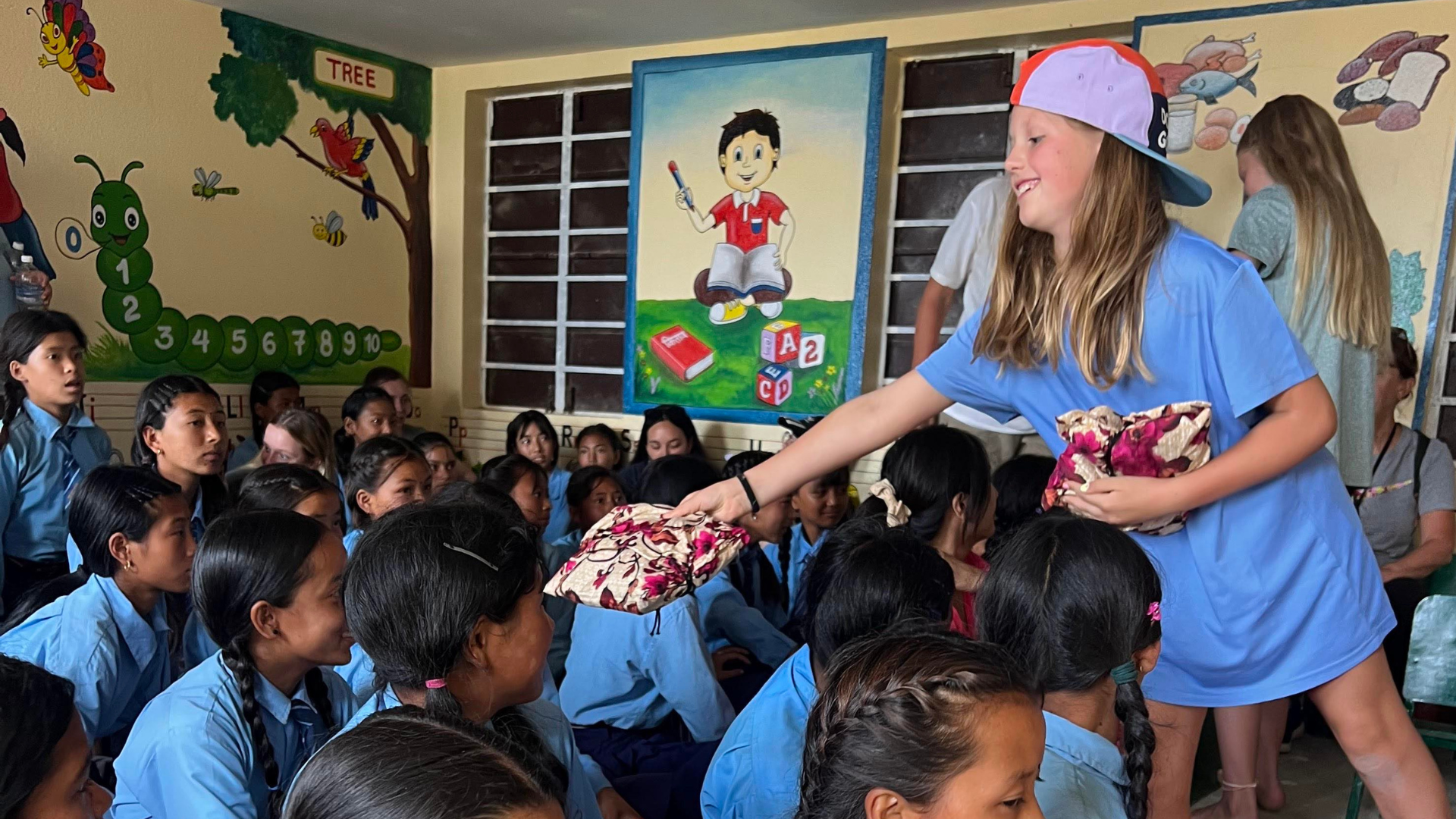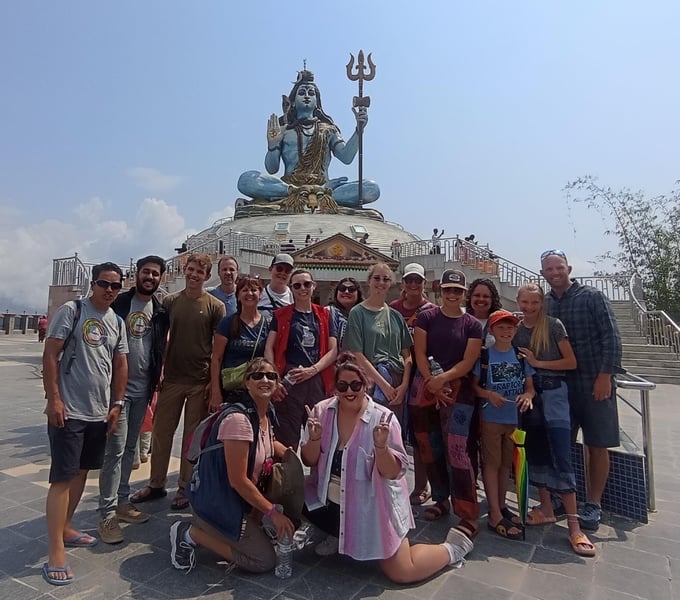I never really believed in humanitarian trips.
I’d see countless friends from high school posting about their service trips to far-flung areas of the globe, usually involving them simply bringing supplies to people in these remote areas, taking a few pictures next to children with sad faces, and leaving a week later.
When, in a job search last August, I came across CHOICE Humanitarian, I was still a little skeptical but dug into their website nonetheless. I became enamored with the way they took a more equitable approach to their work, how they maintained relationships with people in the areas they worked in that went back 40 years in some cases, and how they worked “with” and “through” communities.
Within the first couple weeks of joining the CHOICE Central Office team as the Communications Coordinator, I repeatedly heard this testament to the transformative power of our expeditions: if someone goes on an expedition, they become a supporter of CHOICE and an advocate for reducing poverty for life.
Once I felt more settled in my role at CHOICE Humanitarian, I decided I needed to go on an expedition myself. Location was picked, flights were booked, bags were packed and eventually, I found myself in the back of a taxicab at midnight in Kathmandu after close to 30 hours of flying from Orlando to Nepal.
.png?width=1920&height=1080&name=Hubspot%20BlogEmail%20Headers%20(6).png)
As is usual with expeditions, we spent a few days touring the local region and getting to know our fellow expedition participants before heading to the community we’d be working in. Our tour guide escorted us through Kathmandu, imbuing us with knowledge of the countless temples of the city, and even took us to see a Kumari—a girl picked from a young age to be revered as a living goddess, who looked down at us solemnly from a high balcony.
As part of our tour on this first day, we were taught about Buddhist philosophy, the primary religion in Nepal, which I found endlessly fascinating. Most especially, I delighted in a new phrase I learned from our tour guide, that the end goal of Buddhism was to “be empty” or free from all negative attachments.
The following day, after a quick trip to the “monkey temple” (where several of us had run-ins with mischievous monkeys that roamed around freely), we began the four-hour journey to the community where we would be spending the next four days. As our vans climbed along the mountains of Nepal, we were treated to breathtaking views of the jungle and the cliffsides.
Eventually, we stopped at the entrance of the small district where we were greeted with a line of community members offering us flower garlands and songs. We were led down in a procession to the school that would be our home for the next four days. We were treated to a ceremony of speeches from local leaders, dances from schoolchildren, and even invited to dance with the community members.

For the next few days, we helped dig trenches to make room for a new water filtration system, funded in part by the generous donations of those on the trip. On the first day and within a few minutes of working, we experienced one of our first moments of cultural exchange.
The expeditioners on the trip, most of whom were Americans, each grabbed a shovel or pickaxe and got to work next to the community members. Within a few minutes, many of us had begun huffing and puffing from the exertion but insisted, in a most American way, upon continuing to work. Many of us had to be asked to take a break from the efforts for fear of heatstroke or over-exhaustion. We watched as the Nepalis shared the brunt of the work evenly, handing their tools to one another whenever the load became too much. These community members had a much more stable sense of solidarity with each other and recognized that to go far, we needed to go together. You’re too tired? Don’t worry, I’ll pick up where you left off.
This sense of trust in your fellow man extended to their children as well. Every afternoon, when we had free time after working and the local kids were done with school, they would descend upon the schoolyard to come see what was up with these strange visitors in their midst. Many expeditioners that had been on previous trips with CHOICE knew the secret to befriending these little ones by bringing soccer balls, bubble wands, coloring books, and other toys, which would be donated to the school at the end of our time.

Having been given this piece of advice before my trip, I had packed the materials to make friendship bracelets, which found me in a tornado of little hands grabbing at me saying “Miss, help me with mine!” I realized later with some sadness that this may have been the first item that these children had that was uniquely theirs, as many of them were in clothes that were hand-me-downs from older siblings.
But how CHOICE Humanitarian runs expeditions isn’t about sitting around feeling pity for those we were helping. We were encouraged to note how these community members had bountiful, full lives exactly how they were. We weren’t there to mold their way of living to the American point of view. CHOICE was there simply to help them fulfill a basic necessity: access to water.

The CHOICE approach was clear in everything we did. Respect was instilled in every interaction in which we took part. We were urged before our expedition to request consent before taking pictures with anyone. Genuine connections and conversations with locals were encouraged, including a Q&A panel with community leaders where our two groups asked each other questions about education, gender issues, and mental health. More than simply building trenches, we were building real, lasting relationships.
The CHOICE Humanitarian Nepal staff made our trip safe and seamless, most especially Veswengol GC and Nishant Joshi who remained with us during our entire trip and ensured that we never had to worry about where we were going next. A huge shoutout as well to our Certified Expedition Leaders, Kaycee Colledge and Deonne Johnson, who were never caught without a smile on their faces.

While every second of this trip was memorable, there was one memory that I hope remains burned in my brain forever. We visited another local school in the area to help with a Days for Girls class, teaching the girls of the region about menstruation. On our return trip, and with most of us in the back of a large open-air cattle car, it began to rain heavily. My first thought was of the iPhone in the pocket of my very thin linen pants and how it would likely be ruined. However, I preferred my second thought: your phone isn’t the most important thing in the world, but you’ll surely never have this precise experience again. Stay in this moment.
All of us, giggling and soaking, made it back to our schoolyard again. While most of the adults ran back to their rooms to change into whatever dry clothes we had, the many youths on our expedition joined some of the local children in playing soccer in the mud. I watched as the two groups blended and mixed, with playful shoves, shouts of encouragement in two different languages, and smiles abounding on shining, muddied faces.
I turned to the parent of one of the young expeditioners and sighed. “Wow, I wish I could care less about getting dirty and just jump into puddles like that.” As the words left my lips, I realized something. These kids have achieved that much sought-after goal of Buddhism, to leave behind negative attachments; to be empty.
There were no racial boundaries. There were no teams divided by skin color or socioeconomic status or language. There were just beaming, joyful souls, being empty.
-1.png?width=1920&height=1080&name=Hubspot%20BlogEmail%20Headers%20(1)-1.png)